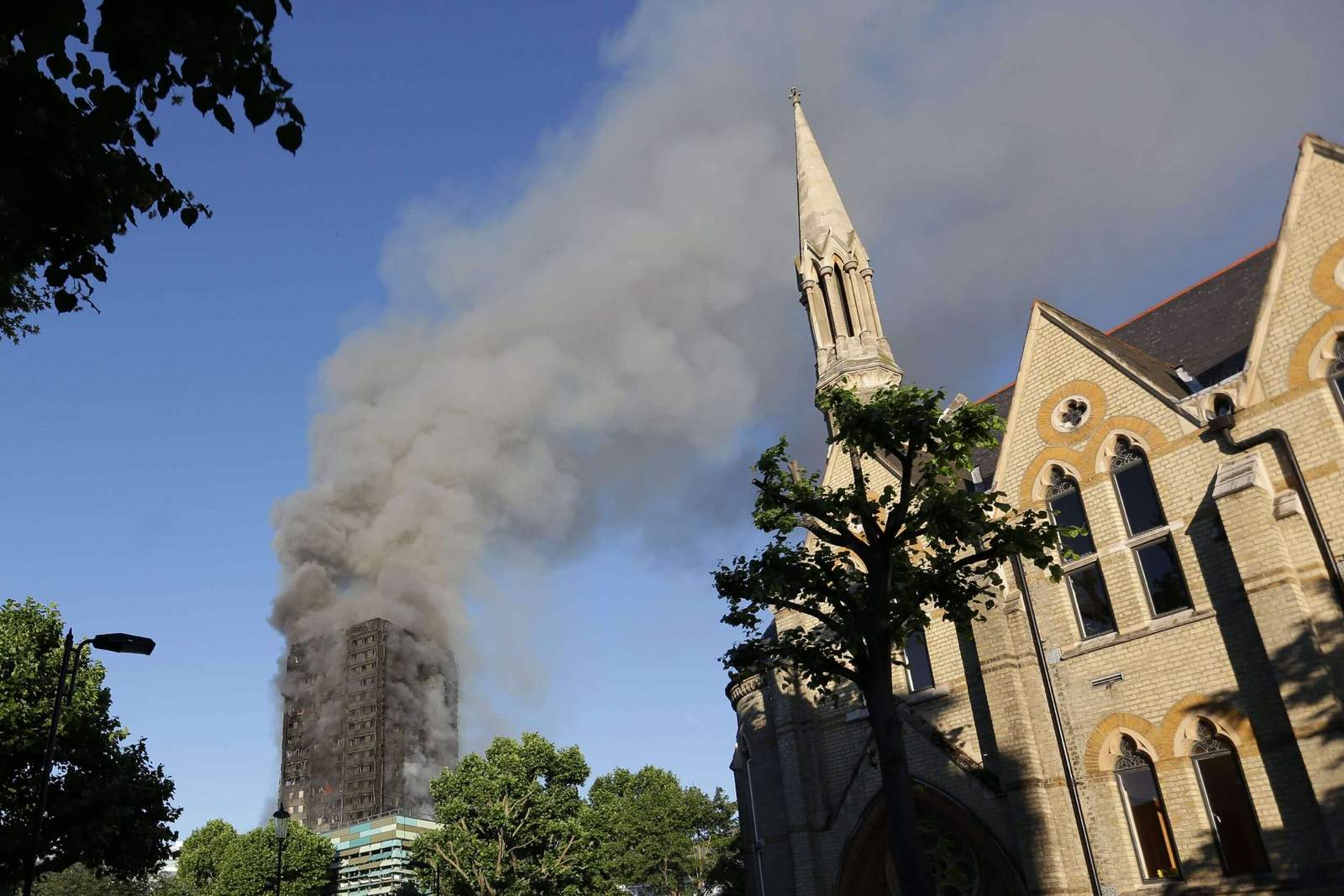Architects face fire safety challenges,
New research reveals that 51% of architects feel responsibility is one of the biggest challenges they face when it comes to fire safety.
As reported by Specification Online, the research, conducted by drywall manufacturer Siniat,
highlights some of the current challenges and pressures that building professionals can face when it comes to fire safety in buildings.
The survey, which saw responses from more than 200 building professionals,
also found that 43% of architects are concerned about liability when it comes to “fire safety system specifications”.

And this “even if they don’t personally identify the products”, said Siniat’s technical director, Robert Cradford:
Since the Grenfell tragedy, the pressure to do the right thing and ensure the safety of our buildings has increased –
and rightfully so.
More recently, this has meant that the fire safety guidelines contained in the Approved Document (ADB),
Specifically, the removal of the National Classification System for Building Products (BS 476 Series),
is again under discussion.
Architects are often the first to feel the pressures of changing legislation,
and while this modernization may require some changes in practice,
In the long run it will provide clarity when it comes to some of the gray areas that currently appear in the guidance.
However, regardless of the outcome, the best thing for architects to do if they feel unsure is to communicate early with the manufacturer and check if an EXAP rating is required.”

In the survey, architects and other building professionals were also asked about their understanding and knowledge of Approved Document B (ADB),
including the latest updates to the recommendations.
Only 34% of the architects said they were “aware that it contains the Building Regulations’ guidelines for fire safety”.
Approved Document B (ADB)
26% of architects said they used BS standards to research product testing
and were unaware of the requirements to ensure systems test to EN and have third-party EXAP
(Extended Application) rating reports” as defined in the current version of ADB.
The research also shows that some of the confusion is due to the ADB’s use of “old-fashioned references to BS” standards,
which “appear in margins, exemptions, and some specific details such as partial breaches.”

It is believed that they will be removed after the government’s recent consultation on ADB’s amendments.
It’s not just government officials who have admitted that
“erroneous and vague” guidelines played a role in the Grenfell Tower tragedy;
many in the industry have said the same.
Confusing and contradictory footnotes at the Asian Development Bank have allowed many projects to move forward without adequate fire safety, but this is not a historic issue.
In fact, many still feel, as it does today, that the Asian Development Bank is still not clear.
This is not surprising, as exceptions, references,
and changing rules of system details continue to cause confusion and some still see these
as loopholes that allow them to move forward with previous ways of working.
However, in Siniat, they don’t think guidance is negotiable.
There is no longer any room for gray areas.
And everyone in the industry must follow the guidance in the letter to ensure the safety of our buildings.

This means that while it is the manufacturers’ responsibility to follow EXAP and provide official classification reports from third parties,
Architects need to order it.
Failing that, the manufacturer must be able to provide technical support for any project involving an architect,
so the most important thing to do is ask.
For more architectural news
Completion of the Abrahamic family house to embrace peaceful coexistence


 العربية
العربية